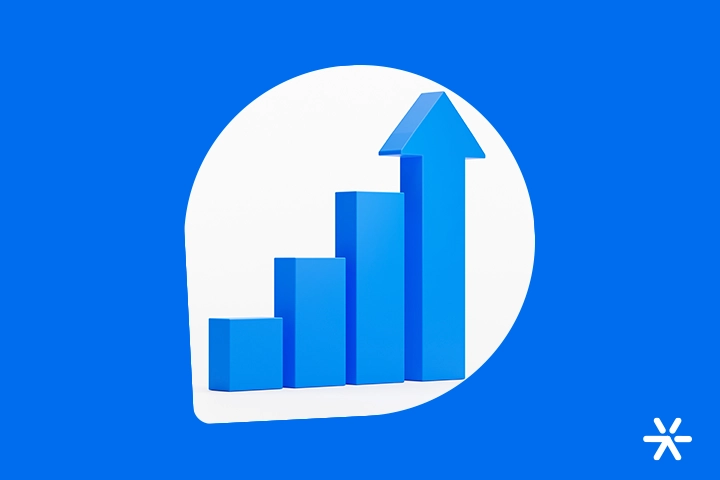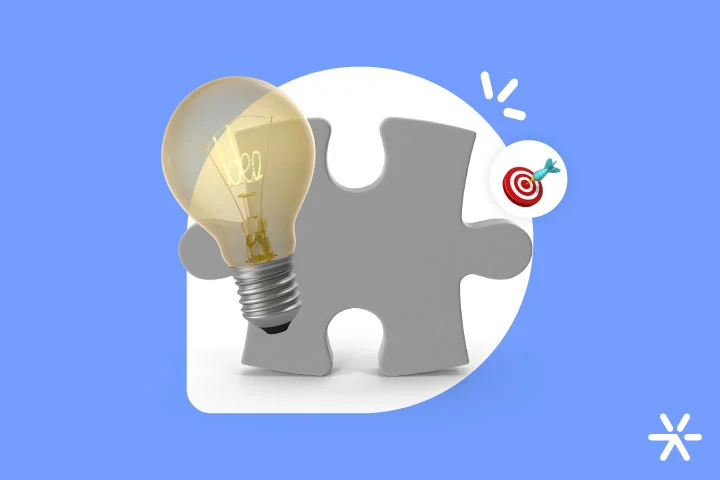Customer Retention: 12 Essential Tips to Measure Results
You know that saying, “A bird in the hand is worth two in the bush”? Well, it perfectly represents the concept and importance of customer retention.
This idea refers to keeping customers loyal to your brand—but don’t worry, we’ll explore that definition in more detail shortly.
What you need to know right now is that retaining customers is crucial for your business. That’s why we’ve put together 12 tips on how to measure your results and improve them.
Let’s get started!
What Is Customer Retention?

Customer retention is a key metric in digital marketing. It allows you to understand how loyal your customers are—in other words, whether they continue purchasing from your company.
In addition to tracking performance, customer retention can also refer to a set of actions designed to turn new customers into repeat buyers, thereby maximizing their Lifetime Value (LTV).
How to Measure Customer Retention?
You can calculate your customer retention rate with the following formula:
Retention Rate = [(CE – CN) / CS] × 100
Where:
- CE = Total number of customers at the end of the period
- CN = Number of new customers acquired during the period
- CS = Total number of customers at the beginning of the period
Why Is It Important to Monitor Your Customer Retention Rate?

Customer retention has a direct impact on your company’s revenue.
To prove this point, a Harvard Business School study revealed that increasing your customer retention rate by just 5% can boost profits by 25% to 95%.
Moreover, according to Philip Kotler—a renowned American marketing professor—acquiring a new customer costs, on average, 5 to 7 times more than keeping an existing one.
So, by tracking your customer retention rate, you can optimize your brand’s growth and expansion strategies.
What Does a Company Gain by Focusing on Customer Retention Strategies?
By investing in customer retention strategies, you can increase this metric and reinforce your brand identity.
Other benefits for your company include:
- Lower costs compared to customer acquisition
- Higher average order value
- Increased profits
- Gaining brand ambassadors

How to Choose the Right Customer Retention Strategy for Your Business?
To identify which strategy to follow or which aspects to prioritize when focusing on customer retention, base your decision on these three pillars:
- Product Aspects: How usable and reliable is your product or service? Do your customers know how to use it or implement it easily?
- Customer Support: Does your company already have predefined actions to foster customer relationships and provide excellent service?
- Results Generation: Do you have clear, tangible results to show your customers? What do consumers gain from buying your product or service?
In addition to these pillars, consider your company size, industry sector, target audience, and operational channels when choosing the most appropriate strategy.

12 Tips to Retain Customers
Now that you understand what customer retention is and why it matters, here are 12 practical tips to improve your results:
1. Know Your Customer Profile
Have you conducted market research? Do you know your company’s Ideal Customer Profile (ICP)?
If not, take a step back and invest in these analyses. They’re the foundation for building a successful customer retention strategy.
Only after knowing your audience will your company know how, when, and where to act—because they will dictate the approach.
2. Show You’re Available
Once you understand your customers’ profiles, you’ll know which channels they use most.
Be present on those platforms. Show that you’re available to respond to any question, problem, comment, or suggestion. This helps customers feel more supported and strengthens their relationship with your brand.
3. Create Channels for Problem Resolution
Don’t leave your customers hanging when an issue arises.
Sometimes email and social media aren’t enough to handle all requests. Create specific channels for complaints, support, and problem-solving.
4. Offer Options, Understand Their Timing, and Make It Work
Customers may not always be ready to upgrade or make another purchase.
Instead of bombarding them with aggressive ads, try to understand their current situation—what they’re going through—and how your brand can help them at that moment.
5. Invest in Personalization
Show your customers they’re unique to your company. Every campaign should be tailored to the customer’s specific situation.
Use personalized email marketing, targeted messages, and campaigns that make sense for your audience.
6. Offer Omnichannel Support
Beyond personalization, omnichannel service ensures a seamless, unified customer experience with aligned communication across all channels—online and offline.
This means the customer receives consistent, high-quality support whether it’s via email, social media, WhatsApp, chatbots, and more.
7. Change the Way You Sell
Try selling through multiple channels like social media and YouTube. These platforms allow you to present your products in more creative ways.
Use videos, tutorials, stories, and reels to capture attention. You can even jump on trending topics to increase engagement with your brand.
8. Educate Your Customer
Just because someone has bought from you once doesn’t mean you stop educating them about your brand, products, and services.
Keep creating informative content about your business and the market you operate in. Make sure your brand stays top of mind when your customer sees something related to your niche.
9. Be Strategic with Loyalty Programs
If you create a loyalty program, make sure it’s truly worthwhile. Offer meaningful rewards and real benefits to your customers.
Otherwise, the strategy won’t be effective.
10. Resolve Problems Quickly
For effective issue resolution, invest in training for your support and service teams. Use high-quality support channels to ensure a great customer experience.
Also, make sure response times are as fast as possible.
11. Practice Post-Sales Engagement
Post-sales service is just as important as any other stage in the sales funnel.
Keep in touch with your customers, check if they have any questions, and ask for feedback on the overall experience and the product or service they received.
12. Invest in a Customer Success Team
Your Customer Success (CS) team is responsible for helping your customers achieve success with your product or solution.
This team supports customers after the purchase, answering questions, scheduling meetings, and walking them through the product.
This not only improves the customer experience—it also reinforces product success.
A Tool to Help with Customer Retention
As we’ve seen in this article, customer service is a key part of any customer retention strategy.
So, how about using a tool that offers personalized, dynamic, instant, 24/7 support?
That’s exactly what a chatbot can do for your business.
Discover the Best Chatbots on the Market to Use in 2022!








